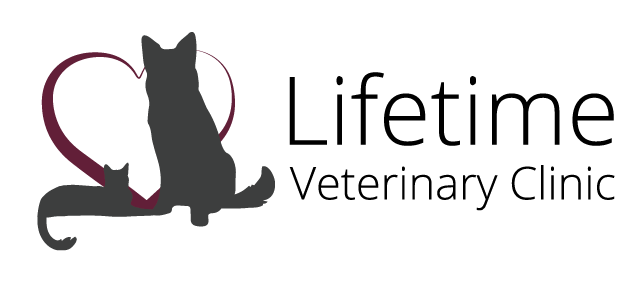Library
-
The main objectives of fracture repair are to promote rapid healing of the fracture and to get the dog using its leg as quickly as possible. In most cases, this involves rebuilding the broken bone and fixing it in that position with metallic implants. Post-operative care includes pain medications, antibiotics, adequate nutrition, exercise restriction, and physiotherapy. Most fractures can be repaired very effectively and in many cases, your dog will resume normal activity.
-
Nebulization and coupage are used in patients with a variety of lung conditions and can be performed by veterinary staff and pet owners. Nebulization may be used to deliver a variety of medications to the lungs, in cases of infection, allergic lung disease, or other lung conditions. Coupage is often recommended for patients with pneumonia or bronchitis.
-
Nebulization and coupage are used in patients with a variety of lung conditions and can be performed by veterinary staff and pet owners. Nebulization may be used to deliver a variety of medications to the lungs in cases of infection, allergic lung disease, or other lung conditions. Coupage is often recommended for patients with pneumonia or bronchitis.
-
Nutrition plays an essential role in treating and preventing urinary stones (uroliths). Since the diet can affect urine dilution, composition and pH, pet foods can be critical to the success or failure of treatment and prevention. Important factors are covered, such as the importance of water intake, diet composition, relative supersaturation (RSS) testing, and urinary diets.
-
Therapeutic laser is the application of light energy to areas of the body to stimulate healing. This light–tissue interaction is called photobiomodulation. In the past, therapeutic laser was often referred to as low-level or cold laser (as opposed to a surgical or hot laser).
-
As veterinarians become more conscious of the details and nuances of how cats experience pain, they search for more methods with which to battle both acute and chronic pain in these patients. Therapeutic massage is one example of a physical medicine technique that has found a place in the feline pain management toolbox.
-
As veterinarians become more conscious of the details and nuances of how dogs experience pain, they search for more methods with which to battle both acute and chronic pain in these patients. It is quite common now to look to human medicine for ideas and techniques that can be applied to dogs who are dealing with pain issues to help them feel better and to help relive their pain and discomfort. Therapeutic massage is one example of a physical medicine technique that has found a place in the canine pain management toolbox.
-
Therapeutic ultrasound a treatment method that applies thermal, mechanical, and chemical effects to tissues to improve healing. It can be used to increase the stretch in fibrous tissues (such as tendons), which can help increase range of motion around a joint. Therapeutic ultrasound can also be used to soften and break down scar tissue that is interfering with movement. By deep heating the tissues, therapeutic ultrasound increases blood flow to the inflamed areas, which can help reduce inflammation and swelling. Therapeutic ultrasound can also decrease pain and muscle spasms, as well as speed up wound healing.
-
Toad poisoning occurs when a dog is exposed to the toxins secreted by certain species of toads. The two most common species of toads that cause poisoning in the United States are the cane or marine toad and the Colorado River or Sonoran desert toad. While there are toads in Canada that secrete toxic substances, their effects are much less severe than the toxins secreted by the cane or Sonoran desert toads. Death can occur quickly and immediate treatment is required.
-
Total ear canal ablation and bulla osteotomy (TECA-BO) is a surgery performed to remove the ear canal and a portion of the middle ear. This surgery is performed in cases where the pet is suffering from chronic and unresponsive ear infections. The surgical technique, reasons for performing the procedure, the diagnostic steps, and potential post-op complications are outlined in this handout.

